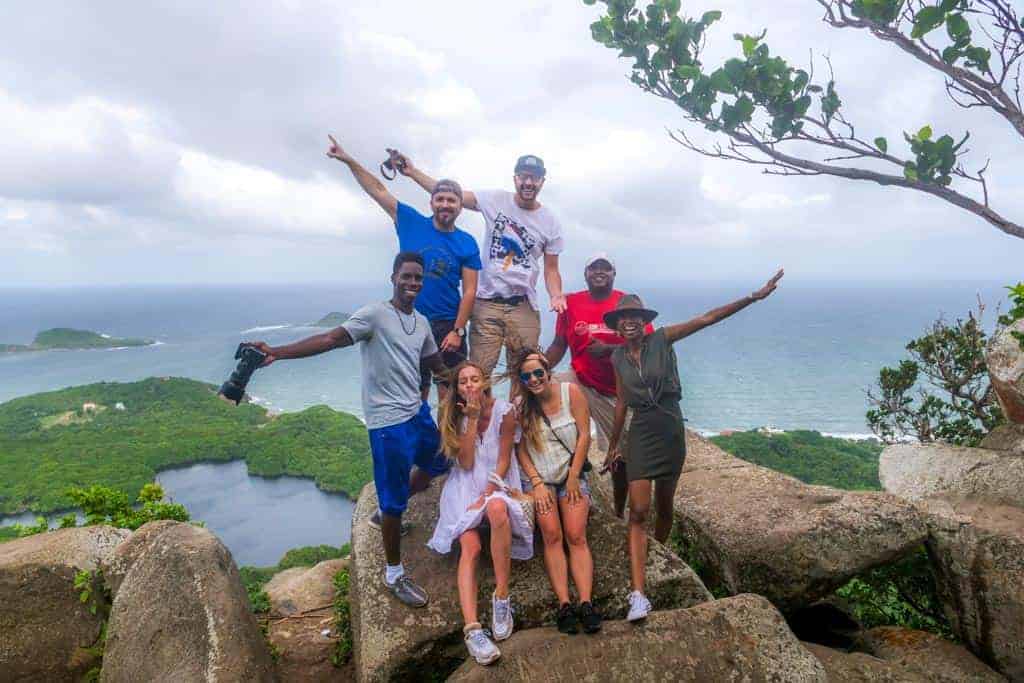Leisure travel in the United States is big business. Just over 80% of the 2 billion trips Americans take each year for leisure purposes delivers close to $800 Billion in visitor spending to US destinations which in turn, generates $125 Billion in tax revenue for local communities. According to US Travel, American visitor’s top activities in the past year included: (1) visiting relatives; (2) shopping; (3) visiting friends; (4) fine dining; and (5) rural sightseeing. Right at 50% of business travelers now also incorporate leisure into their business trips.
Demographics tells us that “the USA is bigger, older, more Hispanic, and Asian, and less wedded to marriage and traditional families than it was in the 1990s. It is also less enamored with children, have more families with several generations living under one roof, more inclusive of same-sex couples, more cognizant of multiracial identities, more suburban, less rural, and leaning more to the South and the West.” In other words, America has changed, and the collective changes have occurred in a relatively short period of time. This makes clearly understanding the demographics, psychographics, priorities, needs and desires of today’s varied and diverse visitor markets extremely critical, in order to define the best markets to target, develop personas that express their distinct characteristics, and craft messages that will appeal to them.







